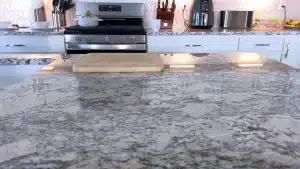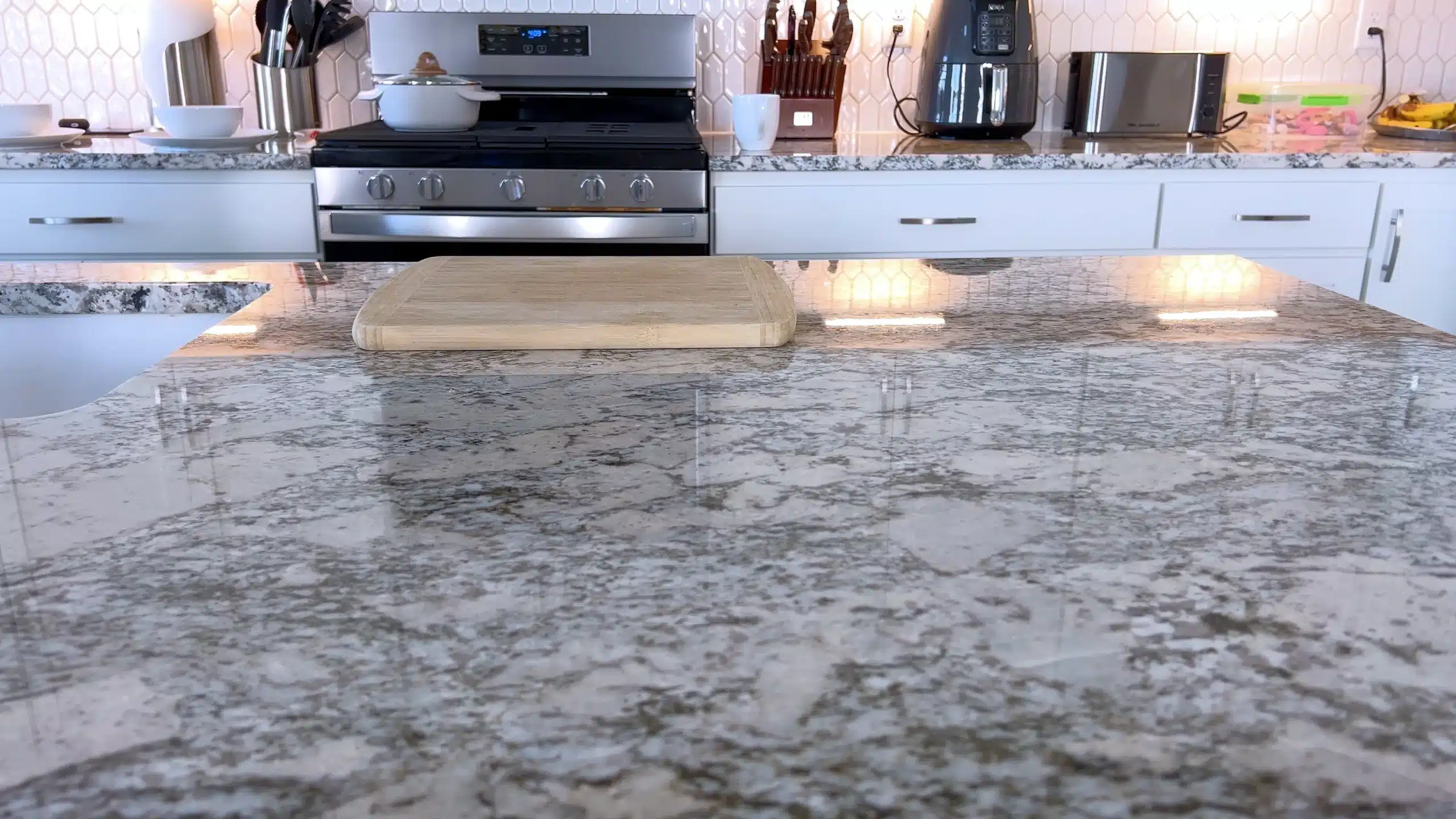
Menu
Edit
ADDRESS
Pidilite Industries Ltd,
Ramkrishna Mandir Road,
P.O. Box No. 17411,
Andheri (East) Mumbai – 400059
Check out the biggest trends of the season and our expert take on them.

Granite floors add a touch of elegance and durability to any space, but maintaining their finest looks calls for good care and upkeep. Although granite floor polishing can improve their appearance, if done incorrectly, it may produce unsatisfactory results or perhaps damage. To help you achieve a flawless finish, here are some common granite floor polishing mistakes to avoid and tips on how to fix them.
Ignoring the cleaning step before polishing is another common mistake that you need to avoid. Dirt, dust, and dirt can get in the way of polishing and provide uneven results and maybe scratching. A smooth, lustrous finish depends on proper cleaning.
How to Fix It: Before you start polishing, completely clean the granite floor with a mild, pH-balanced cleaner. Check to clear any trash and leftovers. To prevent scrubbing the surface, use a soft mop or rag. Before adding any polish, let the floor dry completely.
Using the wrong polish is among the most common mistakes in granite floor polishing. Not all polishes are made equal, hence utilising a product meant for another could cause damage or poor results. Always choose a polish especially one made for granite surfaces if you want optimal results. The best polish for granite will be pH-balanced polish with the correct ingredients to accentuate the natural shine of granite without damaging the stone.
How to Fix It: Select a premium polish especially labelled for granite. To be sure you are purchasing a product fit for your granite floor, read reviews and look for suggestions from reliable sources. Always check small portion of the stone with polish before extending to all areas.
Using improper procedures or too much polish can leave a sticky residue or unequal gloss. To prevent these problems, use polish sparingly and in thin, consistent coats. Furthermore, Over-application can also lead to buildup that is difficult to remove.
How to Fix It: Use the manufacturer’s directions on polishing techniques to learn how to polish granite floors. Usually, you should use a tiny quantity and work it in a circular motion using a soft cloth or applicator pad. Following directions, let the polish dry. Then, use a clean, dry towel to buff it off.
Granite floor surfaces can be scratched with abrasive instruments including brushes or rough scrubbing pads. Polishing calls for non-abrasive equipment to prevent damage to the stone.
How to Fix It: Polishing granite flooring always calls for gentle, non-abrasive towels or pads. Steer clear of anything likely to scratch the surface. Choose mild cleaning equipment and stay away from anything abrasive that can impair the finish of the granite.
Granite flooring requires consistent upkeep to maintain its gloss even after polishing. Ignoring this could cause an ugly look over time. Regular cleaning and sporadic polishing will help to preserve the beauty of the floor.
How to Fix It: Plan regular maintenance including polishing and cleaning. For regular cleaning, use a mild, pH-balanced cleaner. When needed, reapply the granite polish to maintain the surface’s best look.
If done well, granite floor polishing can greatly improve the appearance and lifetime of your flooring. You may get a great, long-lasting shine by avoiding some common errors like using the incorrect polish, skipping cleaning, overapplying polish, abrasive tool use, and neglect of maintenance. To appreciate their magnificent look for years to come, always choose the best polish for granite, clean thoroughly, apply polish properly, use non-abrasive instruments, and routinely maintain your floors.
For flawless granite floors, start with Tenax Brio Top, an alcohol-based cleaner that effortlessly dissolves dust and leaves surfaces pristine. Follow with strong liquid wax Tenax Cera Fluida for superb shine and weather protection. These Roff solutions prevent polishing mistakes and preserve the beauty and durability of your granite floors.